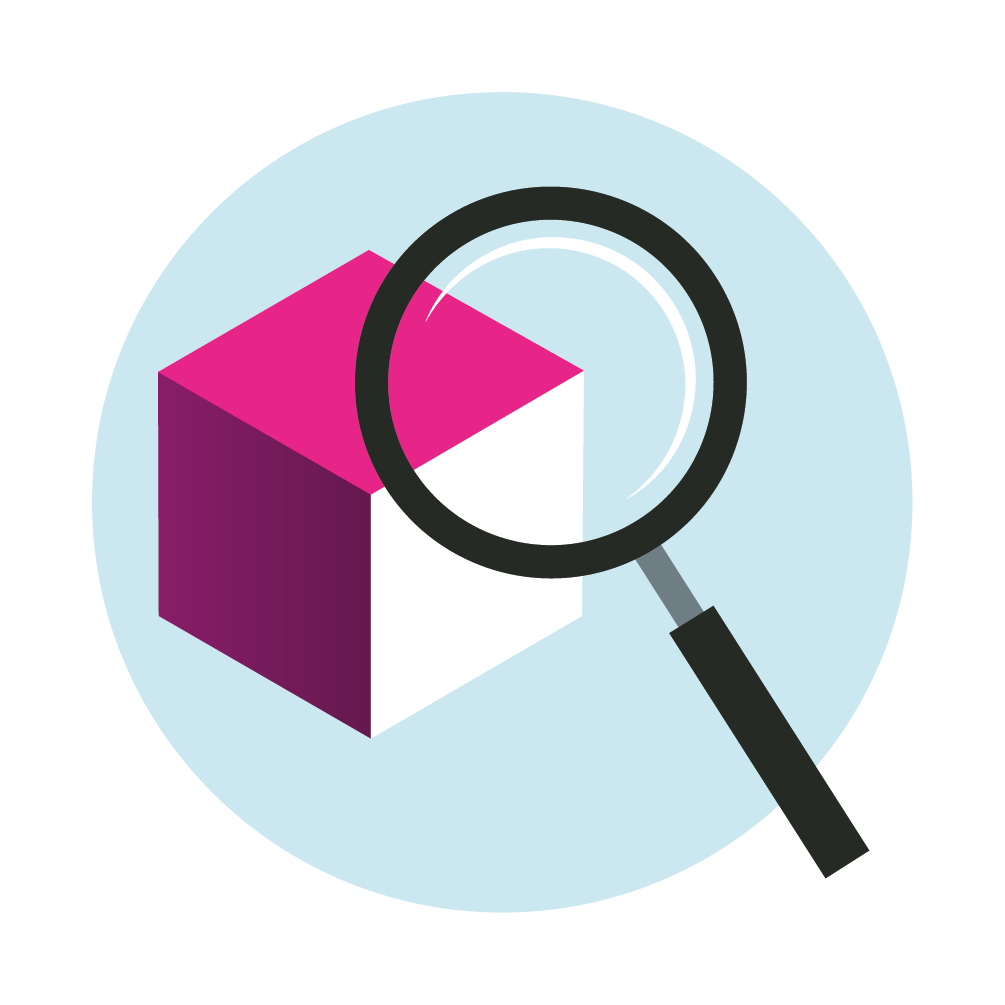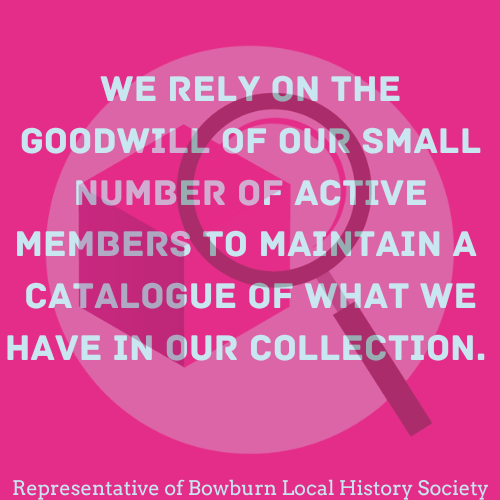 |
Digital Asset RegisterThe information that you have gathered using levels 1 and 2 will be useful when working with your content in a wide range of ways. What you have created here is the beginning of a Digital Asset Register. A Digital Asset Register is a place for you to log more detailed information that you will need about the digital content you hold. You can set the scope for your register but it makes sense to include information about all your content in one place so you can easily find and identify the content you want to work on. A basic table format is the best way to record your information so it can be easily searched. A spreadsheet would be the best option for clarity and ease of searching. |
The table below details a range of information elements you may want to collect for each item in your register. If you have followed levels one and two, you may already be collecting some of this information. The elements used in levels one and two are not repeated below. Add the elements you want to include to your spreadsheet.
|
Element |
Description |
|
Access Restrictions |
Any restrictions on access, such as requested periods of closure by the owner. These may differ from the rights recorded in level two. |
|
DAR ID |
Also known as an identifier (used in level 2) or a reference code. If you’ve given your files identifiers (or renamed them using reference numbers), that code should be logged here. |
|
Data Owner |
This could be the creator (used in level two) or someone else who owns the content. This distinction is important when working out who own the rights to your content. |
|
Date |
Date the content was created. |
|
Date of transfer |
Date the content was transferred to the archive. |
|
Date Added to Register |
Date the content was added to your digital asset register. You could also include the initials of the person who made the change. |
|
Date of last register update |
Date the collection information was last updated on the register. You could also include the initials of the person who made the change. |
|
Entry Created by |
Who created the register entry. Initials may be enough here. |
|
Number of files |
The number of files in the collection. Only include this field if it will be useful to your group. |
|
Notes |
Any additional information that does not fit in one of the other elements. |
|
Risks |
Any risks associated with the content. For example, a particularly fragile format, or ownership risks. |
|
Sensitive Data |
A YES / NO field is useful here so you can quickly find out if content has sensitive data included. |
|
Size |
The size of the collection in GB. |
|
Status |
The stage of your process the content is currently on. For example, donated, catalogued, preserved, access provided. |
To find out more information about each element listed above, including alternative names and what information should be collected for each one, visit this page on Digital Asset Register templates.
The information you have gathered can now be used in a range of ways. For example;
-
The size information will help you work out how much storage space you need.
-
The format information will help you work out what hardware / software you need to process content.
-
Descriptions and date information will help you when cataloguing content.
-
Rights and restrictions information will help you work out what you can provide access to and when.
The important thing to note is you should only be collecting the information you need for your collection processes.










































































































































